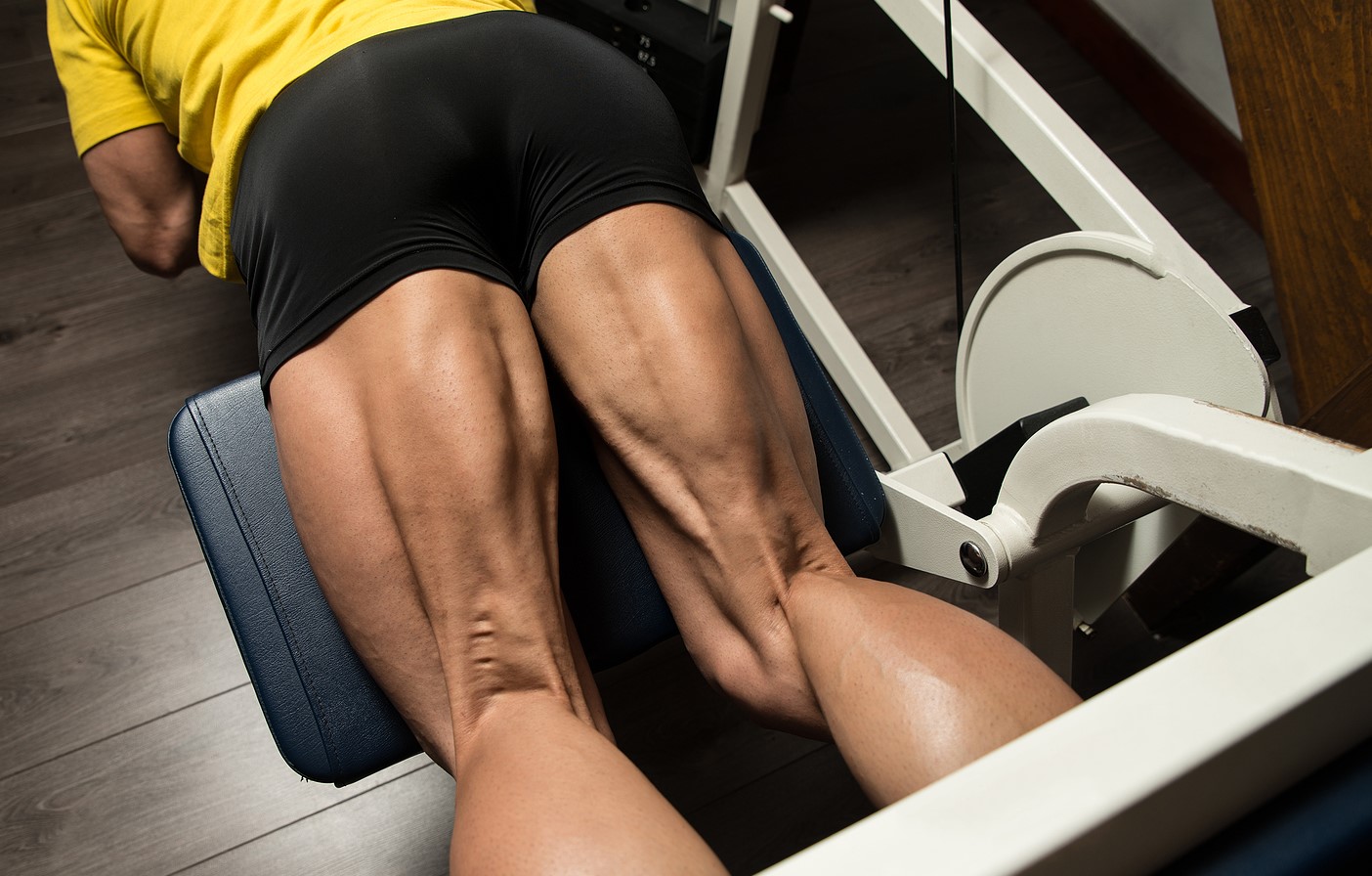
The hamstring muscles are an essential group of muscles located at the back of the thigh. Composed of three muscles – the biceps femoris, semitendinosus, and semimembranosus – the hamstrings play a crucial role in various movements, such as walking, running, and jumping.
While many people may be familiar with the general function of the hamstrings, there are several surprising facts that are worth exploring. In this article, we will delve into 11 fascinating facts about the hamstrings that you may not be aware of. From their unique muscle fiber composition to their role in preventing lower back pain, these facts shed light on the importance and complexity of the hamstrings.
Key Takeaways:
- Hamstrings are more than just muscles at the back of your thigh. They help you move, stabilize your knees, and even play a role in your posture. Keep them strong and flexible to stay healthy and active!
- Stretching, warming up, and strengthening your hamstrings are essential for preventing injuries and maintaining good posture. Treat your hamstrings well, and they’ll support you in all your physical activities!
The Hamstrings are a Group of Muscles
The hamstrings are a group of three muscles located at the back of the thigh: the biceps femoris, semitendinosus, and semimembranosus. These muscles work together to facilitate movement of the leg and play a crucial role in activities such as walking, running, and jumping.
They Get Their Name from Their Appearance
The term “hamstring” comes from the old English word “ham,” meaning the back of the knee or thigh, and “string,” referring to the tendons that are visible when these muscles contract.
Hamstrings Provide Stabilization
In addition to their primary role in leg movement, the hamstrings help stabilize the knee joint. They work in conjunction with other muscles and ligaments to prevent excessive movement and provide support during physical activities.
They Are Prone to Injuries
The hamstrings are susceptible to strains and tears, especially in athletes who participate in activities that require sudden bursts of speed or intense stretching. Common hamstring injuries include strains, pulls, and even complete tears of the muscle fibers.
Hamstring Injuries Can Cause Significant Pain
When a hamstring injury occurs, it can result in severe pain, swelling, and difficulty in walking or bending the knee. Proper rest, rehabilitation exercises, and medical intervention are crucial for recovery.
Stretching Is Essential for Hamstring Flexibility
To prevent hamstring injuries, regular stretching is essential. Stretching exercises help improve flexibility and increase the range of motion in the hamstrings, reducing the risk of strains or muscle imbalances.
Hamstrings Are Responsible for Hip Extension
The hamstrings play a significant role in hip extension, which is the movement of the thigh moving backward. This movement is vital for activities such as running, climbing stairs, and performing explosive movements.
They Work in Conjunction with the Glutes
The hamstrings and gluteal muscles form a strong partnership in the movement of the lower body. They work together to produce power, stability, and efficient movement during various physical activities.
Hamstrings Can Be Strengthened with Resistance Training
Engaging in resistance training exercises such as squats, lunges, deadlifts, and hamstring curls can help strengthen and tone the hamstring muscles. Building strength in this muscle group aids in injury prevention and overall lower body strength.
Weak Hamstrings Can Lead to Poor Posture
If the hamstrings are weak or imbalanced, they can contribute to poor posture, lower back pain, and increased strain on the knees. It is important to incorporate hamstring exercises into your fitness routine to maintain good posture and reduce the risk of related problems.
Hamstrings require Proper Warm-up and Cool-down
Before and after exercises or physical activities, it is crucial to warm up and cool down properly. This helps to prepare the hamstrings for activity and prevent muscle stiffness or injury.
Overall, the hamstrings are a complex group of muscles that play a vital role in leg movement, stability, and overall physical performance. Understanding these 11 surprising facts about hamstrings allows you to appreciate their importance and take the necessary steps to keep them healthy and functional.
Conclusion
In conclusion, the hamstrings are a vital group of muscles located at the back of the thigh. They play a crucial role in various movements such as walking, running, and jumping. It is important to understand and take care of our hamstrings to avoid injuries and maintain overall mobility and flexibility. By incorporating targeted exercises, proper warm-up and stretching techniques, and understanding the anatomy and function of the hamstrings, we can optimize their strength and performance. Remember, a well-conditioned set of hamstrings can not only enhance athletic performance but also contribute to a healthier and more active lifestyle.
FAQs
1. What are hamstrings?
Hamstrings are a group of three muscles located at the back of the thigh: the biceps femoris, semitendinosus, and semimembranosus. They are responsible for flexing the knee and extending the hip.
2. How can I prevent hamstring injuries?
To prevent hamstring injuries, it is crucial to engage in regular strengthening exercises, such as hamstring curls and lunges. It is also important to warm up properly before exercising, maintain flexibility through stretching, and listen to your body to avoid overexertion.
3. What are the common causes of hamstring strains?
Common causes of hamstring strains include inadequate warm-up, muscle imbalance, poor flexibility, sudden movements or changes in direction, fatigue, and overuse.
4. How long does it take to recover from a hamstring injury?
The recovery time for a hamstring injury can vary depending on the severity. Mild strains may take a few weeks, while more severe injuries can take several months to fully heal. It is important to follow a rehabilitation program, including rest, ice, compression, and elevation (RICE), and seek professional medical advice if needed.
5. Can stretching help prevent hamstring injuries?
Yes, stretching can help prevent hamstring injuries by improving flexibility and increasing the range of motion. It is important to include both static and dynamic stretching exercises in your warm-up routine before physical activity.
Understanding hamstrings is just the beginning of your fitness journey. Whether you're interested in challenging yourself with endurance events, enhancing your strength training equipment, or finding relief after intense workouts, we've got more informative articles to help you reach your goals. Explore our guides on preparing for a marathon distance race, choosing the best hex bar for deadlifts, and discovering the benefits of massage pillows for recovery. Keep learning and growing with our comprehensive resources designed to support your active lifestyle.
Was this page helpful?
Our commitment to delivering trustworthy and engaging content is at the heart of what we do. Each fact on our site is contributed by real users like you, bringing a wealth of diverse insights and information. To ensure the highest standards of accuracy and reliability, our dedicated editors meticulously review each submission. This process guarantees that the facts we share are not only fascinating but also credible. Trust in our commitment to quality and authenticity as you explore and learn with us.


